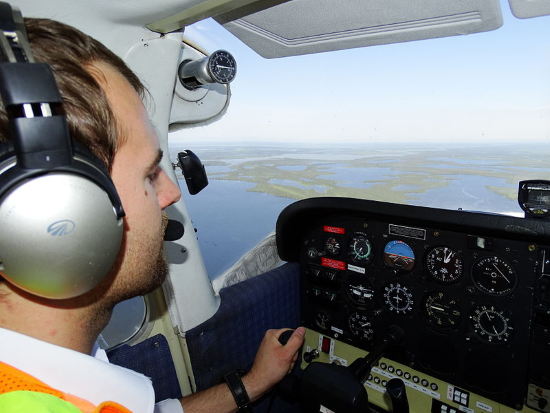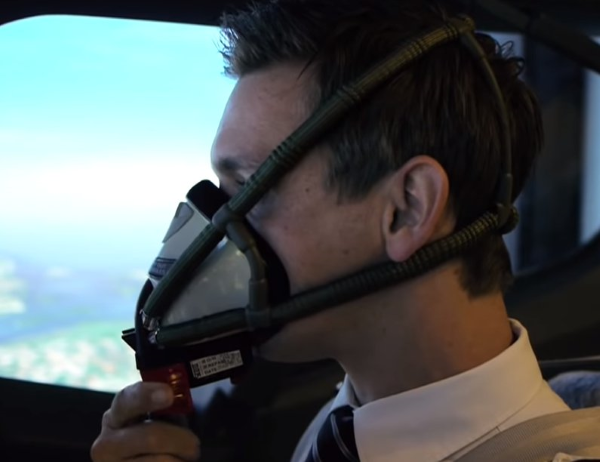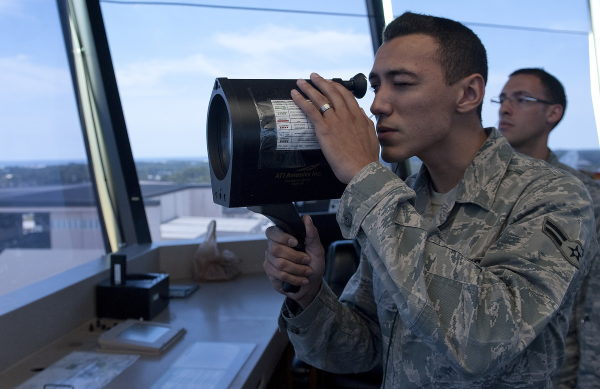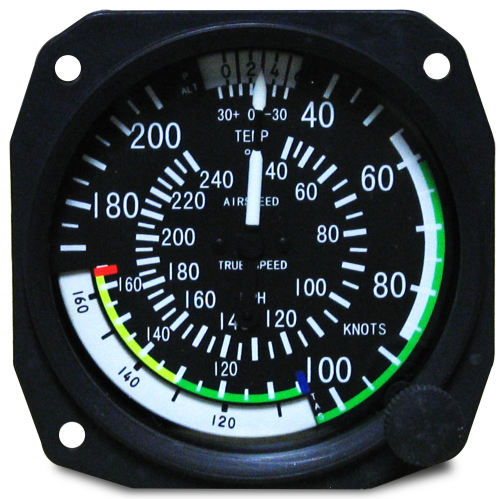Flying along on a beautiful clear day makes planning a safe landing a piece of cake. Avoiding controlled flight into terrain is easy when you can actually see the terrain! Having to descend through clouds, however, can be a bit unnerving. Watching the altimeter unwind towards obstructions that you cannot see becomes easier to swallow Read More…
Training
Unusual Attitude Recovery: 2 Examples Of How To Recover
Loss of control is one of the leading causes of airplane accidents and is also one of the leading causes of airplane related fatalities. Airplanes normally don’t fall out of the sky, and before a loss of control occurs, planes tend to do unusual things. Usually, by the time the pilot realizes he has lost Read More…
4 Types of Hypoxia Explained
There are many physiological factors to consider as a pilot, and one in particular can be as insidious as it can be deadly: Hypoxia. Hypoxia is medical jargon for “lack of oxygen.” While the cells in our body can die without enough oxygen, the most immediate threat is the effect Hypoxia has on the brain Read More…
Light Gun Signals Explained
Most flights go smoothly, without issues. However, mechanical devices have their limits, and sometimes electrical components, like radios, fail. What happens if you fly out of a towered airport, but your radio fails? Are you able to get back to the airport without communications? What if your radio is broken, but your airport doesn’t have Read More…
5 Types of Airspeed Explained
Airplanes only create lift within a certain speed range, so to maintain flight, a pilot has to fly between minimum and maximum speeds. Just reading the airspeed off of the Airspeed Indicator doesn’t give the full picture, however. There are inherent accuracies in the Airspeed Indicator itself, as well as other conditions that make the Read More…





